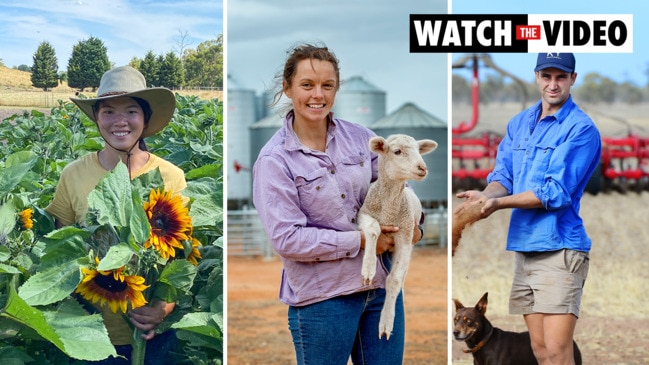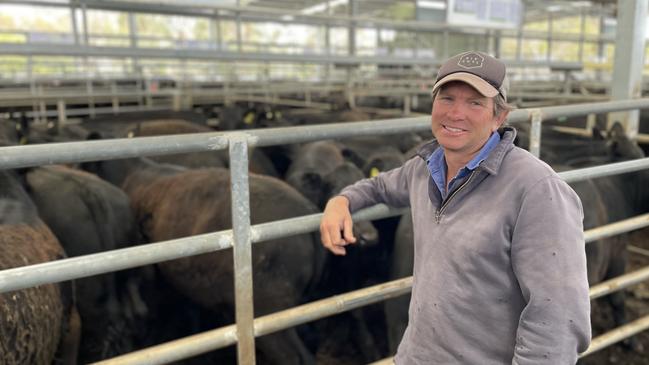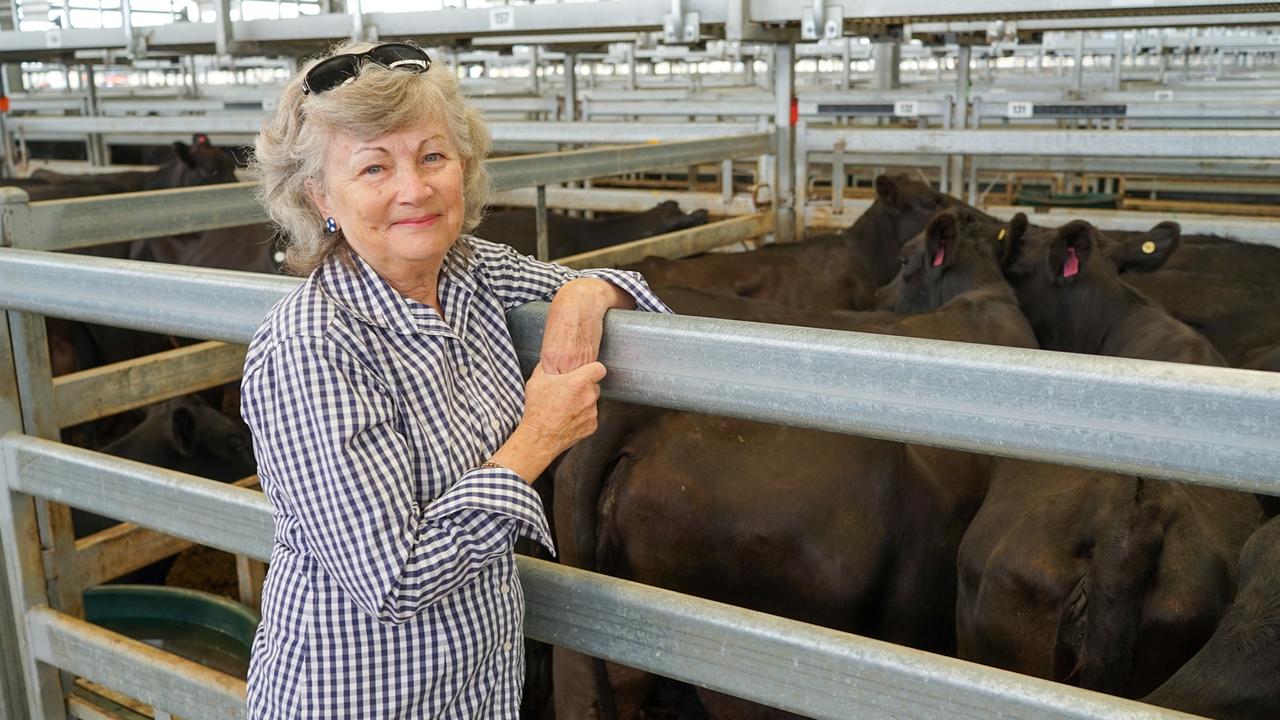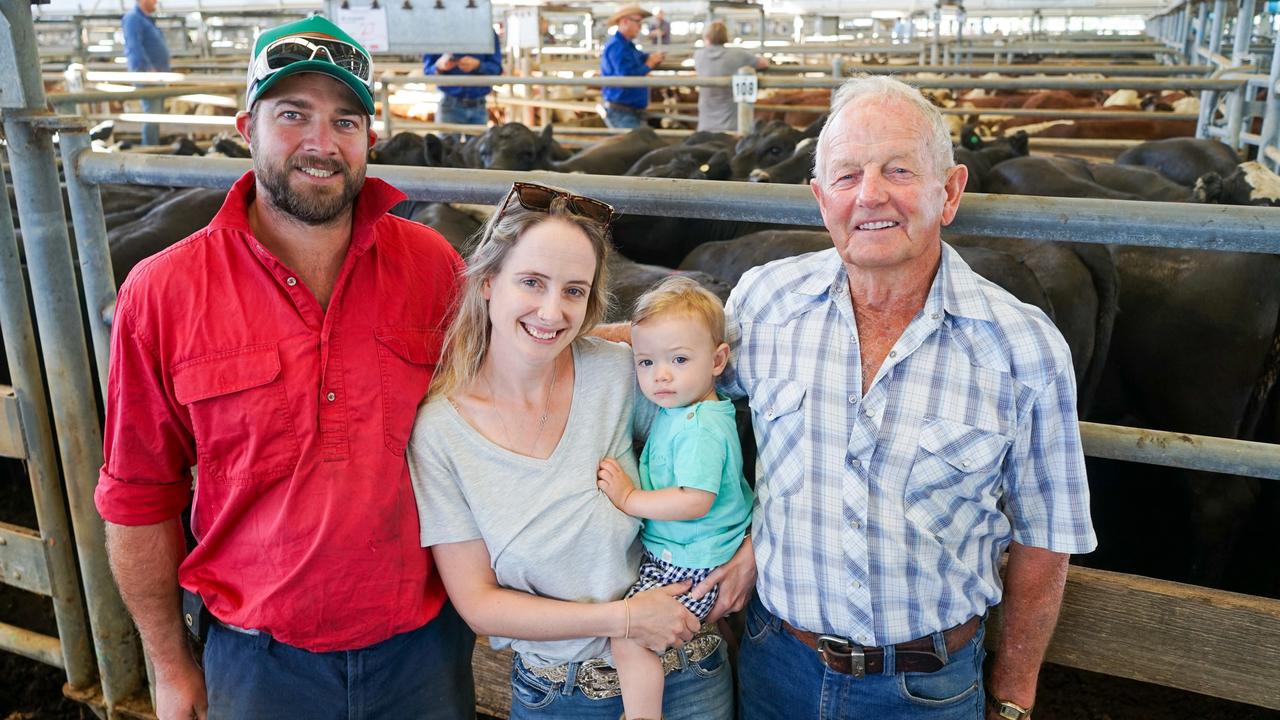Cattle prices: EYCI hits new record
As the EYCI reaches another record, predictions are being made about what will happen next year. Hear from the experts.

Cattle prices are almost guaranteed to fall next year, experts say in the wake of more price records being smashed.
The benchmark Eastern Young Cattle Indicator hit an unprecedented 1155.87c/kg carcass weight on Monday — a rise of 47c/kg in a week and 361c/kg higher than the same time last year.
It means the indicator has risen 4 per cent since the start of this month.
Experts say Queensland and NSW restockers and lot feeders were the drivers behind this recent price increase, thanks to recent widespread rain.
AuctionsPlus chief economist Tim McRae said in recent weeks people were “operating to buy” without a limit “which is unusual”.
“It just shows the breadth of the break in the drought, the good conditions and the shortage of cattle,” Mr McRae said.
But as the year is nearing its close, predictions for what will happen next year are being made.
Mr McRae said AuctionsPlus was predicting the EYCI to fall back to 875c/kg by spring next year. He said while such a decline is sizeable in percentage terms, it still represented “a really good cattle price”.
Mr McRae said underpinning the forecast decline was the expectation for the seasonal conditions to unwind into the second half of the year, while the impact of the national herd rebuild would start to be felt in turn-off rates.

Global Agritrends’ Simon Quilty said recent rain has been “extraordinary” and every time the heavens opened prices tended to go higher.
Looking forward, Mr Quilty said the current rain patterns were similar to those experienced during the 2011-12 rebuild. Mr Quilty said if history repeated itself, the NSW restocker steer price should peak at 735c/kg liveweight in the first week of February next year and to hit a low of 550c/kg in late July. It is currently sitting at 673c/kg liveweight.
Based on experiences of 2012, Mr Quilty said Victoria’s peak for restocker steers would have already occurred on November 4 at 570c/kg liveweight — the price is currently 559c/kg — and the low would be 400c/kg in March next year.
“This is just an insight into how it could look if history repeated.”





